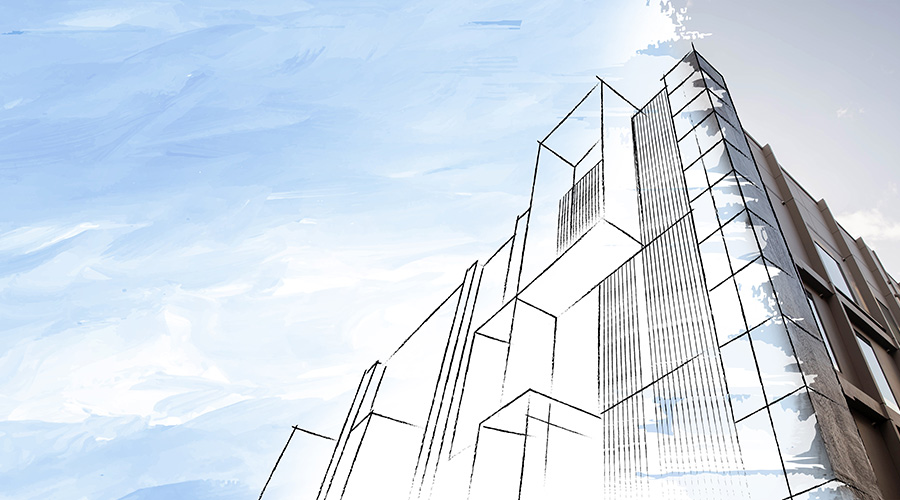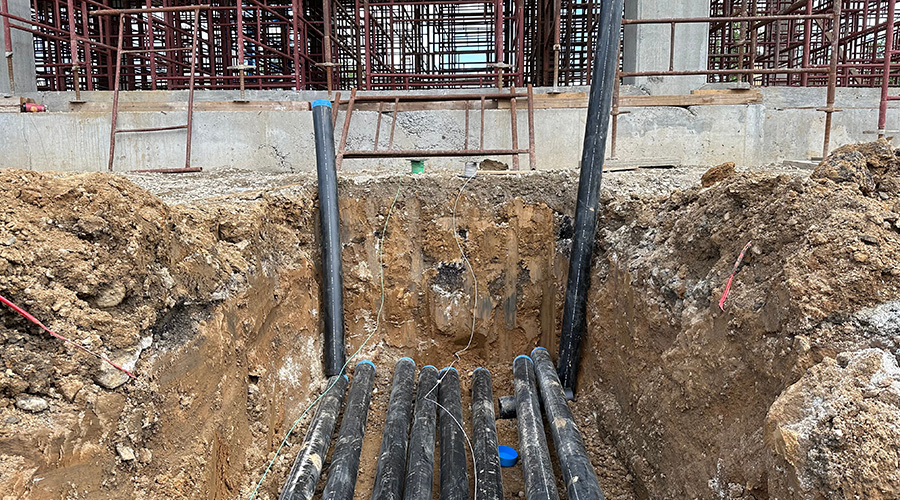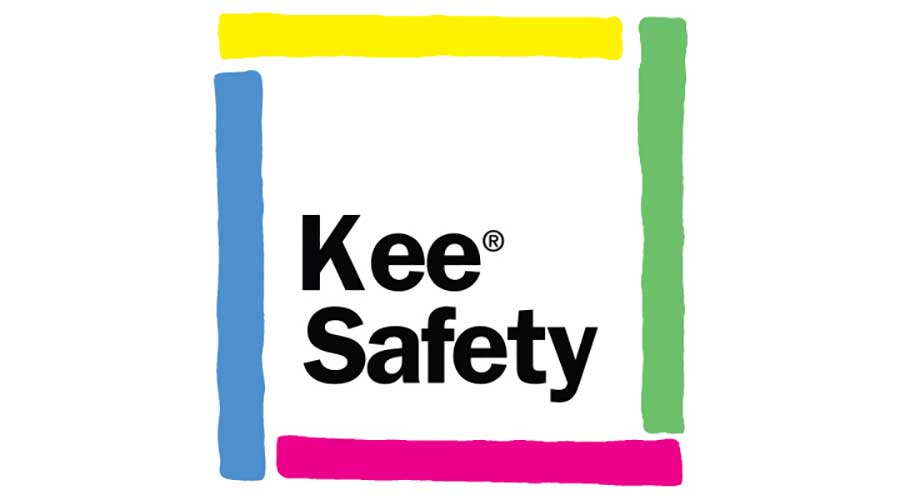SPONSORED
KEE SAFETY, Inc. - Branded Feature
Building a Safety-First Workplace: From Compliance to Culture
Building a Culture of Workplace Safety
Workplace safety is often viewed through the lens of compliance. Regulatory standards such as those from OSHA provide critical guidelines for minimizing risk and protecting workers. However, while compliance ensures minimum safety requirements are met, it does not automatically create a workplace where safety is ingrained in daily operations and embraced by all employees.
A safety-first culture moves beyond regulatory checklists to embed safety into an organization’s core values. It focuses on proactive measures, employee empowerment, and leadership commitment to ensure that safety isn’t just a goal—it’s a shared responsibility.
Why Compliance Falls Short
Compliance serves as the foundation of workplace safety, but relying solely on it can create a false sense of security. Regulations are designed to address general risks, but they don’t always account for the unique hazards and dynamics of individual facilities.
For example, compliance may mandate the use of guardrails or fall protection systems in certain areas, but it doesn’t ensure those systems are regularly inspected or maintained. It also doesn’t address employee training gaps or workplace behaviors that could undermine even the most robust safety measures. Compliance often fosters a reactive approach—addressing hazards after they’ve been identified rather than preventing them proactively.
This limitation is why many organizations are shifting their focus from compliance-driven safety to a culture-driven approach. A safety-first culture not only meets regulatory requirements but also establishes a deeper commitment to continuous improvement and risk prevention.
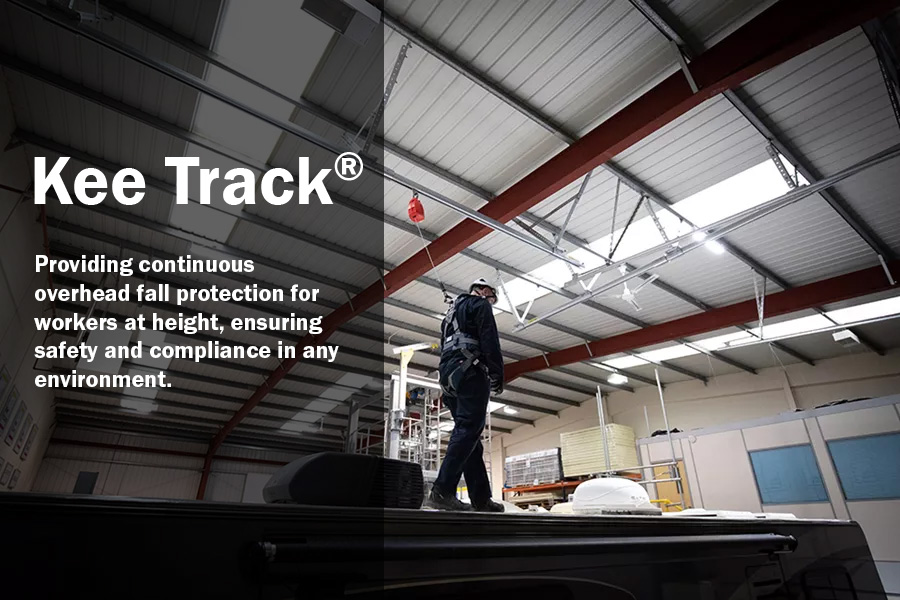
What Defines a Safety-First Culture?
A safety-first culture is an organizational mindset that prioritizes safety as a core value. It transforms safety from a compliance obligation into a guiding principle for how work is performed. Key attributes of a safety-first workplace include:
- Leadership Commitment
Leaders actively demonstrate their commitment to safety by participating in initiatives, allocating resources, and setting an example for others. Leadership involvement ensures that safety is seen as a top priority across the organization.
- Employee Engagement
In a safety-first culture, employees are empowered to take ownership of safety. They feel confident reporting hazards, suggesting improvements, and adhering to safety protocols. Open communication channels and regular feedback loops help foster this engagement.
- Proactive Risk Management
Instead of waiting for hazards to be identified through inspections or incidents, organizations adopt a forward-looking approach. Proactive risk management involves regular audits, real-time hazard assessments, and preventive measures that address potential risks before they escalate.
- Continuous Learning and Improvement
Safety-first cultures are dynamic and evolve alongside the workplace. Regular training, updates to safety policies, and reviews of incident data ensure that safety practices remain effective and relevant.
How to Transition from Compliance to Culture
Building a safety-first culture requires a strategic approach. Here are the key steps for facility managers to consider:
- Commit to Leadership
Safety starts with leadership. Leaders must set the tone for the organization by prioritizing safety in decision-making, allocating resources for safety programs, and participating in initiatives. Actions speak louder than words—when leaders model safe behavior, employees are more likely to follow suit.
- Involve Employees in the Process
Employees are often the best resource for identifying risks and suggesting improvements. Establishing regular safety meetings, creating employee-led safety committees, or using anonymous reporting systems can encourage worker participation. Engaging employees in the process also increases their sense of responsibility for maintaining a safe environment.
- Adopt Proactive Tools and Systems
Tools and systems that address hazards at their source are critical for a safety-first culture. Fall protection solutions like KeeGuard rooftop guardrails and KeeLine lifeline systems provide permanent, reliable safeguards that go beyond temporary fixes. Incorporating these systems demonstrates a proactive commitment to workplace safety.
- Provide Ongoing Training
Safety training should not be a one-time event. Continuous, interactive training ensures employees remain informed and prepared to handle evolving risks. Tailored programs can address specific roles or tasks, providing practical knowledge that employees can immediately apply in their work.
- Measure and Track Progress
Establishing clear safety metrics helps organizations monitor their progress and identify areas for improvement. Tracking incident rates, near-misses, and participation in safety programs provides valuable insights into the effectiveness of a safety-first approach. Regularly reviewing these metrics and celebrating milestones reinforces the importance of safety.
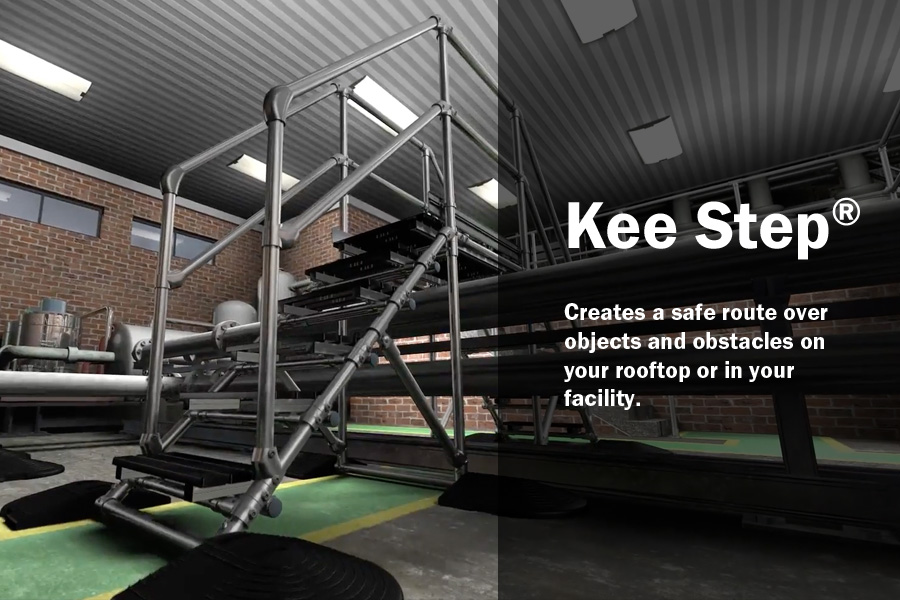
The Benefits of a Safety-First Culture
Adopting a safety-first culture delivers significant benefits for organizations, including:
- Fewer Incidents and Injuries
Proactive safety measures and engaged employees help identify and mitigate risks before they lead to accidents.
- Higher Employee Morale and Retention
Employees who feel valued and protected are more likely to stay engaged and loyal to the organization. A culture of safety builds trust and demonstrates that the organization prioritizes its workforce.
- Reduced Costs
Preventing accidents reduces costs associated with injuries, legal claims, and regulatory fines. Proactive investments in safety systems often result in long-term savings.
- Enhanced Reputation
Organizations that prioritize safety are viewed as leaders in their industries. A strong safety culture can enhance customer trust and attract talent.
- Operational Efficiency
Safe workplaces experience less downtime and fewer disruptions, allowing employees to focus on productivity.
Tools to Support a Safety-First Culture
Implementing a safety-first culture is easier with the right tools and systems in place. For example, Kee Safety offers a range of fall protection solutions designed to meet both compliance requirements and proactive safety goals. KeeGuard rooftop guardrails provide a passive, non-penetrating solution for edge protection, while KeeLine lifeline systems offer continuous fall restraint for employees working at height.
In addition to physical systems, digital tools like Kee Safety’s Virtual Site Assessments enable facility managers to assess risks remotely and plan for long-term safety improvements. These tools help organizations identify gaps, prioritize actions, and implement solutions that align with a safety-first mindset.
Conclusion
Moving from compliance to a safety-first culture requires commitment, collaboration, and continuous improvement. While compliance ensures minimum standards are met, a safety-first approach creates a workplace where safety is a shared responsibility and an integral part of every decision.
Facility managers play a critical role in leading this transformation. By engaging employees, adopting proactive systems, and fostering leadership commitment, they can create environments where safety isn’t just a requirement—it’s a core value. With the right tools and mindset, organizations can build safer, more resilient workplaces that benefit everyone involved.
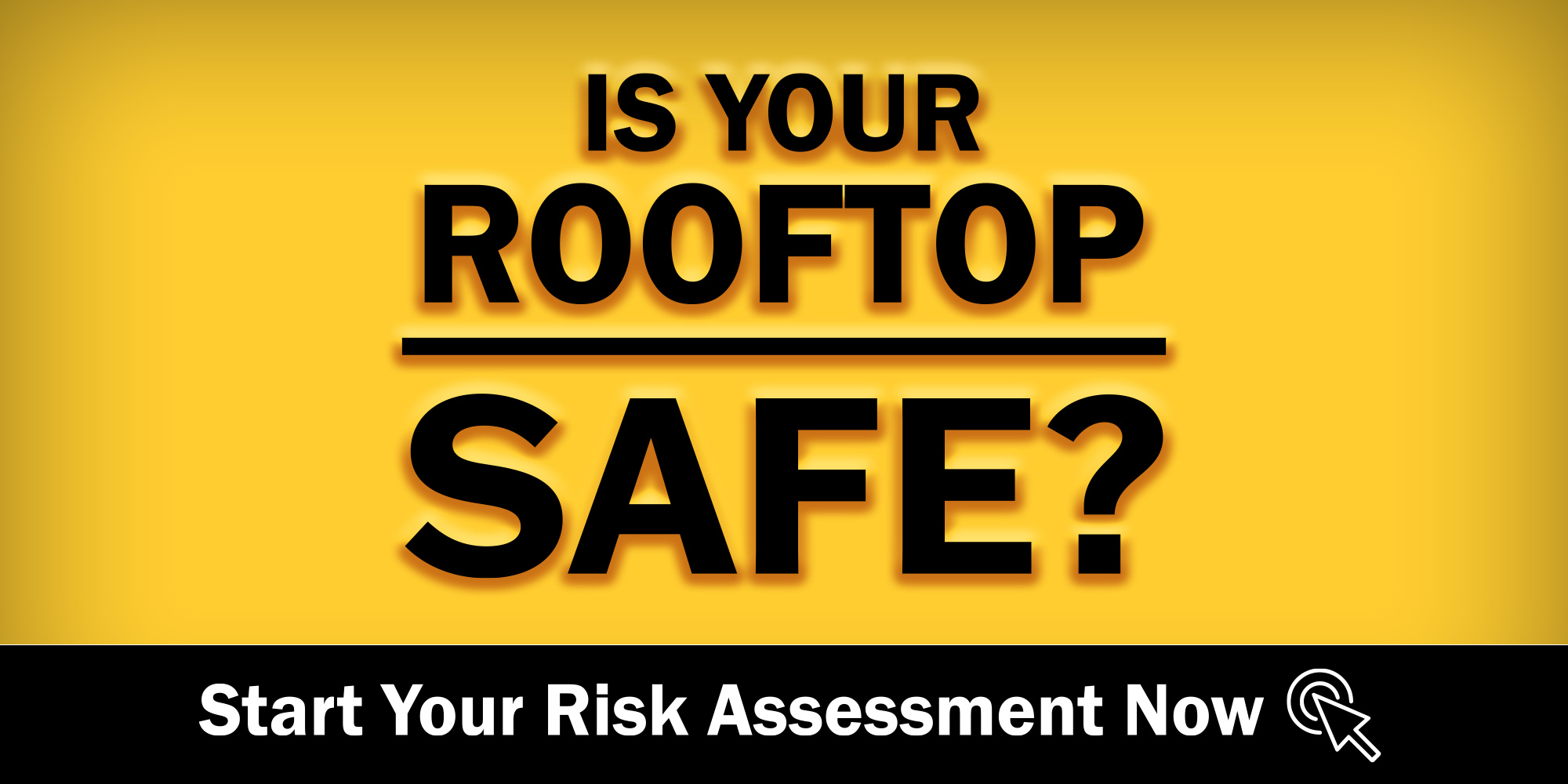
For facility managers looking to take the first step toward a safety-first culture, Kee Safety offers a Virtual Site Assessment tool designed to simplify the process. By answering a series of targeted questions through our online form, you’ll receive a personalized assessment tailored to the specific needs of your facility. This customized report highlights potential hazards and recommends solutions to help you implement a proactive safety plan. Take advantage of this valuable resource to ensure your rooftop—and your workplace—meets the highest safety standards.
For more information on fall protection solutions and how Kee Safety can support your safety initiatives, visit www.keesafety.com.






